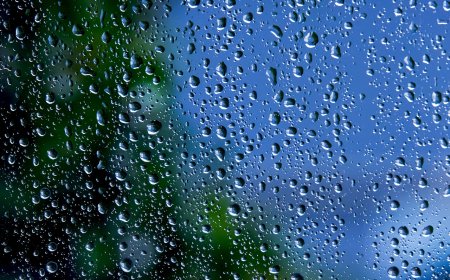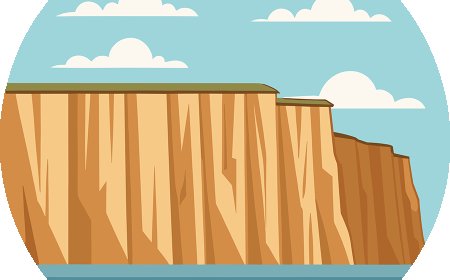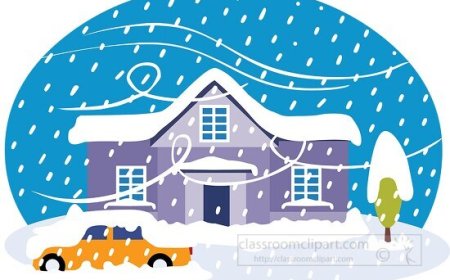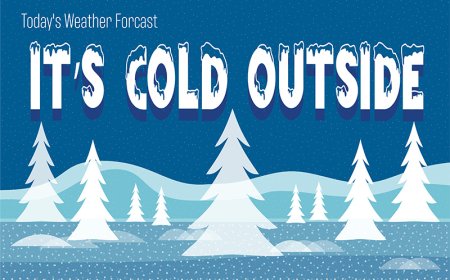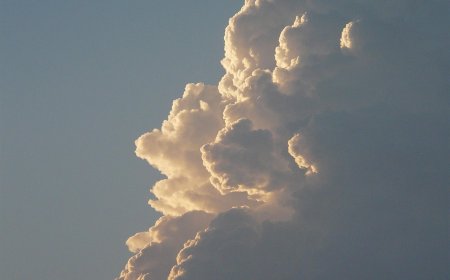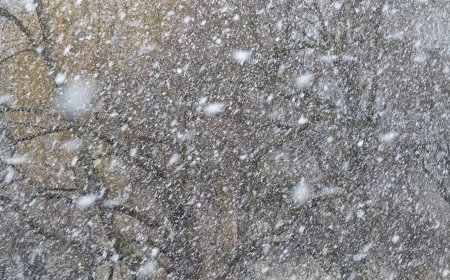Water Cycle & Weather for Kids – How Water Shapes the Sky
Learn about the water cycle for kids. Discover how evaporation, condensation, and precipitation work together to shape weather and keep the Earth’s water moving.
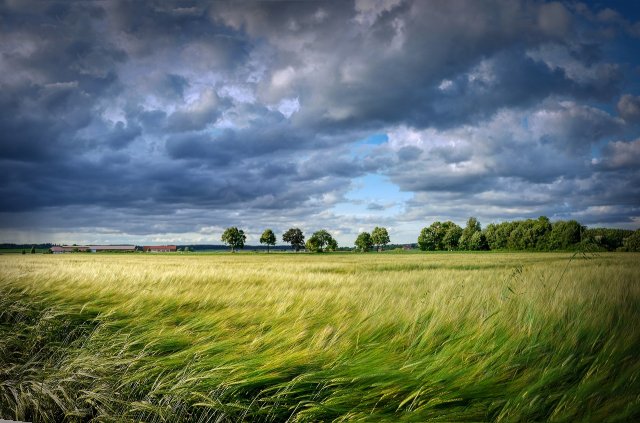
🧭 Introduction
Have you ever wondered where rain comes from—or where it goes after it falls? The answer lies in the water cycle, the amazing process that moves water through the sky, land, and oceans. The water cycle is powered by the Sun’s energy and connects directly to weather. Without it, there would be no clouds, no rain, and no snow. Understanding the water cycle helps us see how water keeps moving and how it creates the weather we see every day.
🔄 What Is the Water Cycle?
The water cycle is the journey water takes as it moves through the atmosphere, land, and oceans. Water is always changing forms—from liquid to gas to solid and back again. The Sun heats Earth’s water and starts the cycle that never ends.
The four main steps of the water cycle are:
1. Evaporation
Water from oceans, lakes, rivers, and even puddles is heated by the Sun and turns into water vapor (a gas). This vapor rises into the air.
2. Condensation
As water vapor rises, it cools down and turns back into tiny liquid droplets. These droplets group together to form clouds.
3. Precipitation
When the clouds get full of water, the droplets fall to the ground as precipitation—rain, snow, sleet, or hail—depending on the temperature.
4. Collection
The water that falls collects in rivers, lakes, oceans, or underground, and the cycle starts all over again.
☁️ How the Water Cycle Affects Weather
The water cycle isn’t just about moving water—it’s also responsible for much of our weather. Every step plays a role:
Evaporation adds moisture to the air, which can lead to cloud formation.
Condensation creates clouds, which are needed for any precipitation to happen.
Precipitation changes the weather by bringing rain, snow, or storms.
Collection fills up lakes and rivers and eventually feeds back into evaporation.
For example, when there's a lot of evaporation from warm oceans, big storms like hurricanes can form. Or when moist air rises and cools, it can cause thunderstorms or snow showers.
🧪 Other Processes in the Cycle
🌿 Transpiration
Plants also release water vapor into the air through their leaves in a process called transpiration. This adds even more moisture to the air.
🧊 Sublimation
In very cold places, ice or snow can turn directly into vapor without becoming liquid first. This is called sublimation.
🏞️ Infiltration and Runoff
Some water soaks into the ground (infiltration), feeding underground water systems. Other water flows over the land (runoff) into rivers and streams.
All of these smaller steps help move water in different ways and affect how much moisture is in the air.
🌍 Water Is Always on the Move
Even though the Earth has a limited amount of water, it’s always moving and changing forms. The water you drink today might have once been part of a glacier, a cloud, or an ocean wave!
The water cycle helps:
Keep the Earth from overheating
Support life in all forms—plants, animals, and people
Shape landscapes like rivers, lakes, and valleys
Maintain climate and weather balance across the planet
📚 Vocabulary Words
Water cycle The continuous movement of water through Earth’s systems
Evaporation When water turns into vapor and rises into the air
Condensation When vapor cools and becomes liquid, forming clouds
Precipitation Water that falls from clouds as rain, snow, sleet, or hail
Collection When water gathers back into oceans, lakes, or the ground
💡 Interesting Facts About the Water Cycle
About 70% of Earth’s surface is covered by water.
The Sun is the main energy source for the water cycle.
Clouds can hold millions of gallons of water!
Water can take thousands of years to move through the full cycle.
The same water has been cycling for billions of years—dinosaurs drank the same water we do today!
👧 Kid-Friendly Summary
The water cycle is how water moves through the sky, land, and oceans. It starts with evaporation, then water forms clouds (condensation), falls as rain or snow (precipitation), and collects in lakes and oceans. This cycle is important because it helps create weather and keeps life on Earth going.
✅ Interactive Quiz
Q1: What causes water to evaporate?
A. Wind
B. The Sun’s heat
C. Rain
D. Cold temperatures
Q2: What do we call it when water vapor becomes clouds?
A. Evaporation
B. Precipitation
C. Condensation
D. Collection
Q3: What kind of precipitation falls when it's cold?
A. Rain
B. Snow
C. Fog
D. Vapor
Q4: What happens during collection?
A. Water floats
B. Water moves into the sky
C. Water gathers in oceans and lakes
D. Water disappears
Q5: Which part of the water cycle adds moisture from plants?
A. Infiltration
B. Transpiration
C. Condensation
D. Runoff
Scoring:
5/5 = 💧 Water Cycle Whiz
3–4 = 🌦️ Weather Tracker
1–2 = 📘 Cloudy with a Chance of Learning


















































